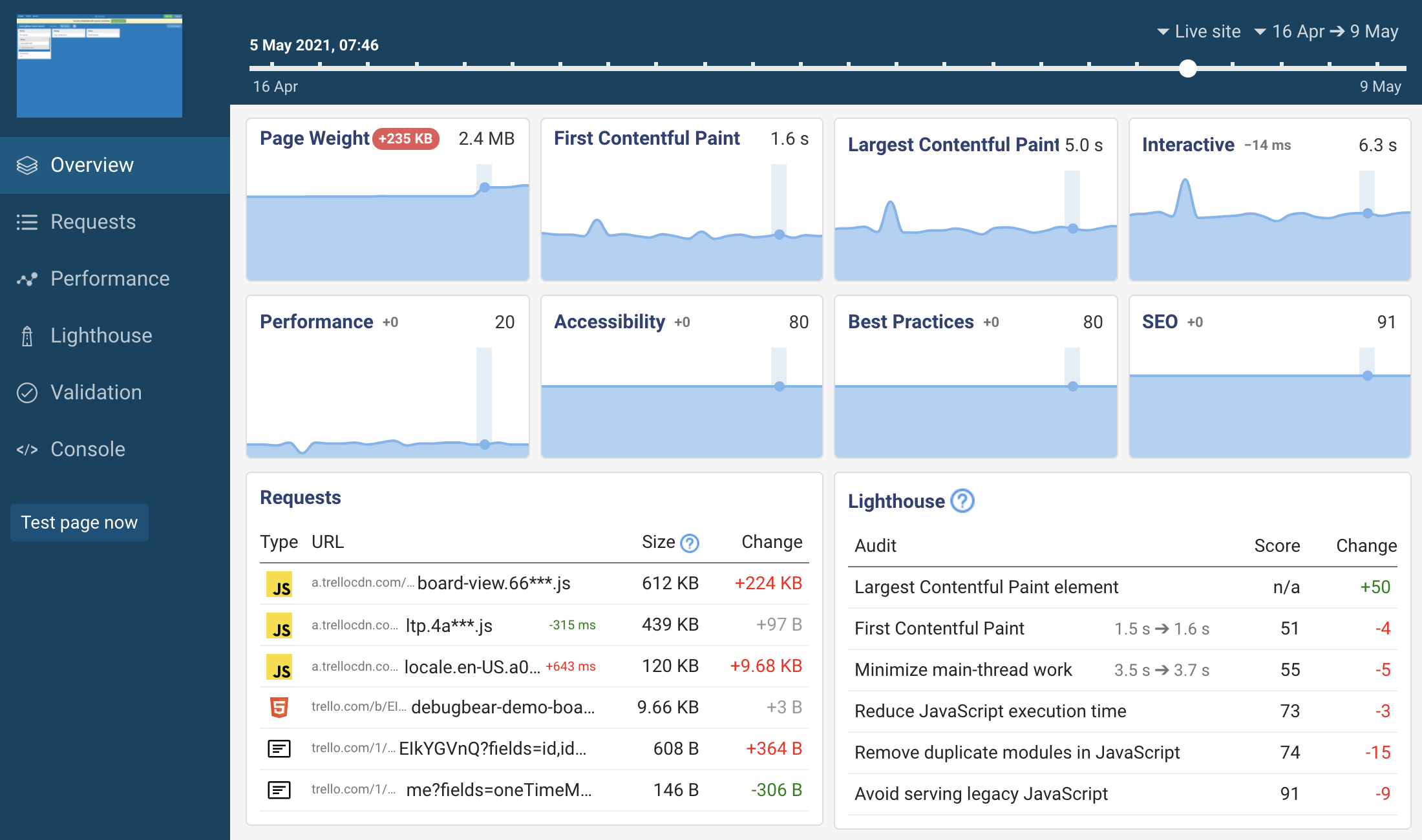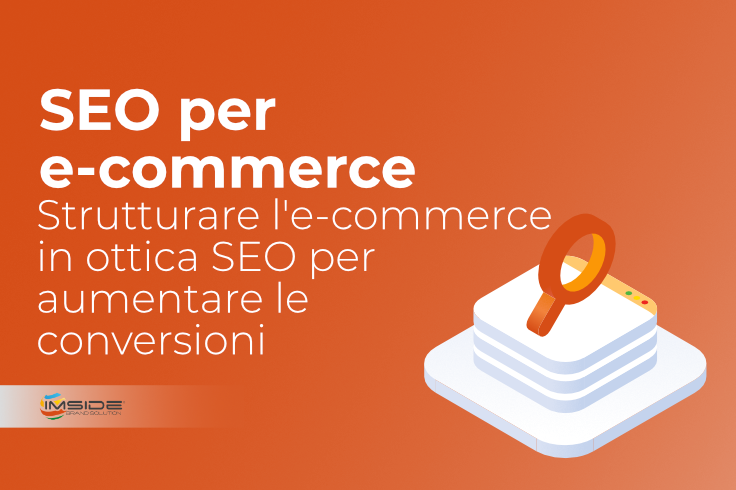
Addressing your content is the first step towards implementing page SEO. Your website's bread and butter is its content. Be sure to address the relevant search intent. Include related keywords and semantic keywords in the text. You can also include internal links. The meta description will be displayed in search engine results. Make sure the meta description describes what a user can expect to achieve by reading the content. This should be done for all pieces of content, no matter what format or platform they are on.
Your site's bread and butter is content
There are so many content options out there. But what makes it worthwhile? Not just blog posts. It must add value to your company and generate leads. For the internet to thrive, it must have bread and butter content. Before you begin to create your content strategy, it is essential that you have a few key pieces. These can be built upon. Here are some great content suggestions:
First, you need to know what content is. Content attracts customers to a website, and makes it authoritative and reliable. This is possible by using the right keywords, answering key questions and focusing on the right categories. This is the key! This is the first step to improving your SEO. Be careful not to go overboard. It is important to have a content strategy that addresses the key keywords that drive traffic and leads to your website.
It should address search intent relevant to the topic

Keywords are vital, but too many keywords can harm your rankings. To get the most out of your SEO efforts, use your keywords naturally throughout your text. Keep in mind that you audience is people and not robots. Your goal is to make them feel useful and interested in your content. Their search intent should be addressed. Here are some key steps that you can follow to get started. Continue reading to find out how keywords can be used to enhance your SEO.
It should contain semantic and related keywords
Using long-tail keywords is an excellent way to attract targeted traffic to your site. Long-tail keywords can be used to target specific searches and are more likely to rank on page 1 of Google's search results. Semantically related keywords, which are closely related to your target keywords, help Google establish connections and determine relevancy. These keywords should be incorporated into your body text in an organic way. Your site should be related to a product/service so that the searcher will click on your ad rather than one of your competitors.
The first thing you must do when optimizing your website for search engines is to use appropriate, search-engine-friendly URLs. These URLs should be brief and accurately contain keywords. Your keyword should appear as the first header of each post, which is usually the post title. It is also a good idea to include the keyword within subheadings, if possible. Only use H2 or H3 headers when they make sense.
It should include internal links
Internal linking is an important aspect of on-page SEO. Internal links allow pages to be linked together in a similar way that companies can group departments. These links reinforce relevance, context, and depth of coverage. Search engines are able to identify which pages are most valuable by internal linking. Search engines are more likely to consider pages that have dense internal links as being more important than others. SEO professionals consider links between internal pages to be a way to increase dwell times. Sitemaps should include all pages of a website.

External links can help prospects find relevant content and boost search ranking. Users and search engine crawlers weigh internal links heavily. Google cannot find your website if it doesn't have internal links. Your efforts to climb the SERPs can be hindered if you do not have internal linking. Prospects will not find your products and/or services. Therefore, it is essential to include internal linking in your SEO checklist. Find out how important internal links are for your site.
FAQ
Do I require a digital marketing company?
You should recognize that your company needs some extra support. A digital marketing agency provides professional services for small businesses such as yours. They can help you market your company online, and they are up-to-date on the latest trends.
They can manage your social media accounts and analyze data.
How Often Do I Need to Update My Website?
It is possible to improve your site's ranking by regularly updating it. But it is not always necessary. If you've already created good content, you may not need to update it frequently.
What are different SEO strategies?
Search engine optimization (SEO), search media optimization (SMO), as well as pay-per click advertising (PPC) are all examples of different SEO strategies.
SEO optimizes content using certain keywords. This can be done with text formatting or HTML code.
This makes your site appear higher on search results pages.
Social media optimization (SMO), on the other hand, is optimizing your website to be seen on social networks like Twitter, Facebook and Google+.
These can help you build your online reputation and increase traffic to your site when people search for related topics.
PPC ads can also be found at the top of search results pages. They show relevant products, and services.
Google paid search is the most used PPC ad type. These ads are expensive but extremely effective.
However, several other forms of PPC advertising are available - including display ads, video ads, and sponsored posts.
Statistics
- Which led to a 70.43% boost in search engine traffic compared to the old version of the post: (backlinko.com)
- A 62.60% organic traffic boost to that page: (backlinko.com)
- 93%of online experiences today begin on search engines. (marketinginsidergroup.com)
- : You might have read about the time that I used The Content Relaunch to boost my organic traffic by 260.7%: (backlinko.com)
- 64% of marketers actively create SEO campaigns because they help hit multiple key performance indicators (KPIs), including increasing traffic, helping your site rank for relevant keywords, improving your conversion rate, and much more. (semrush.com)
External Links
How To
How important is off-page SEO
Optimize your site for search engines like Google, Bing, and Yahoo!
While optimizing your website for on-site SEO is crucial, there are many other things to take into consideration when optimizing your website. These include, but aren't limited to:
-
The design of your site (does it load quickly?)
-
Quality and quantity of content
-
Social media presence
-
Redirects to your site via links
When optimizing your website, there are many things you should consider. If you do this right, you will see significant improvements in traffic to your site and higher rankings.
What is a link-building strategy? How does it work What are the benefits and drawbacks?
Here we explain a link-building strategy, how it works and what benefits it can bring to your website or brand.
-
1. Why do I need link-building strategies?
Research shows that link building can be one of your best options to increase traffic or rank on pages. Most businesses don’t realize this until they create a plan to increase their rankings and build links. For more information, keep reading!
-
What is a "link building strategy" and how can it be beneficial for my business?
An link building strategy is essentially the creation of links from sites or directories other than your own. It is basically a process that involves finding relevant websites and contacting owners to ask them for a link back. There are two types: outreach and content marketing. Outreach is done by hand while software automates the process. Both methods take some planning and time. But they can deliver great results over time. Let's go over each technique in detail.
-
What are some of the pros to a link building plan?
The greatest benefit of a link building strategy for your company is its ability to reach out to others who have been trusted. This saves you the effort of convincing people your company is worth linking. This saves time and effort.
-
Do you see any downsides to a link building strategy?
The main downside to a strategy for link building is that you will need to establish your authority before you can pitch yourself. Potential partners must see that you are valuable. You should find out first if potential partners are open to partnering with your company before you start pitching them.
-
How can I choose the right link building strategy? Do I choose outreach or content marketing? This depends on the type of relationship that you are trying to build with different companies. You might want to use outreach to your B2B clients, as it allows you to meet new customers and builds trust. Content marketing is another option if you are interested in a partnership with large retailers.
-
What should I look at when choosing a linking strategy? Is there anything I should remember?
Here are some things to consider when picking a link building strategy:
Who are you targeting? The type of site where you are going to pitch varies greatly depending on your niche.
Selling products online? This is when you should focus on getting links from blogs related to fashion, beauty, and food. If you're selling services, you could target local directories such Citysearch, Yelp, and so on.
What's your goal? It is important to select a strategy to increase SEO rankings. Otherwise, you will just be spreading low quality links around.
What is your budget? Although many people believe that they can combine outreach and content marketing, it's not possible.
You can only do one thing at a time. For example, it is impossible to write and publish blog posts all day.
-
Where can I get started with my link building strategy?
Before you start a link-building program, decide how much of your time and money. Start small and go from there. Once you know which link-building strategy works best for you, you can expand your efforts.